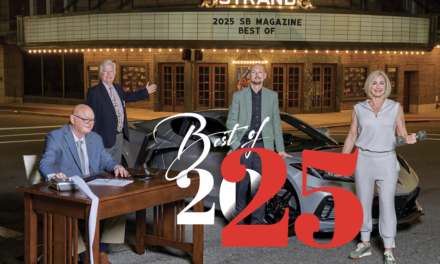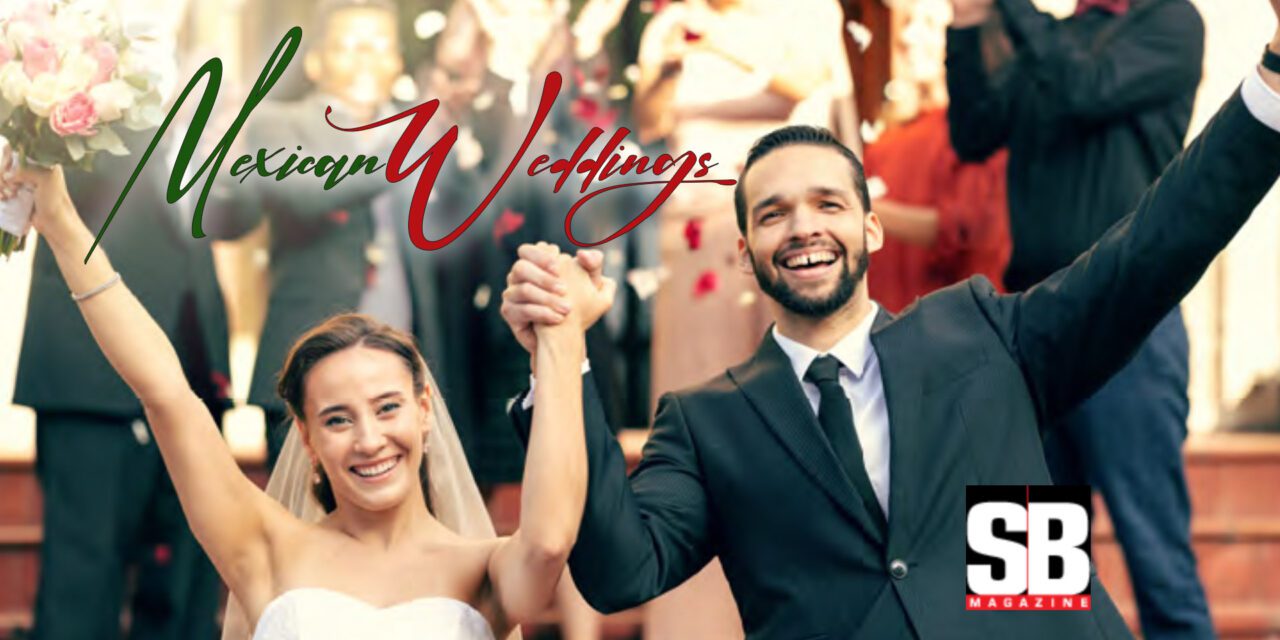By Vita Riner
Mexico is a world of culture and tradition, and weddings are no exception. Many of its traditions are similar to those of other countries, such as the use of a white wedding dress or the belief that the bride and groom should not see each other before the ceremony. However, here are some of the most entertaining and deeply rooted customs in Mexican culture.
Formality in the Invitation:
The way to invite someone to a wedding is very formal. Most of the time, the bride and groom personally deliver the invitation. Wedding parties are often very large, with hundreds of guests. How is it possible to have such large weddings without bankrupting the couple? The answer is simple: “padrinos,” or godparents, who sponsor everything. This is why, when delivering the invitation, the sponsorship of a “Godfather” for the wedding is requested.
The Godparents or Padrinos:
The basic godparents are for rings, coins, bouquet, cushions, Bible, vigil, and rosary. They are usually chosen from close family and friends. But in many popular weddings, sponsors are requested for everything from photography, video, venue, banquet, music, food, to decoration!
The Money Dance or “El Baile del Billete”:
All Mexicans know that you should go to a wedding with money in your wallet. Once the bride and groom open the dance with the waltz, guests dance with them and pin bills to their clothes. This is to wish prosperity to the newlyweds and help them finance their honeymoon.
The Groom Dance or “El Muertito”:
This traditional Mexican dance is an essential element of the wedding. It involves men lifting the groom in the air as if carrying a coffin, which is why it is called “El Muertito” or “the Little Dead,” and tossing him up to the rhythm of the “funeral march. This dance symbolizes the groom bidding farewell to his bachelorhood and committing to spending the rest of his time with his wife and future children.
The Three Bouquets:
Brides who marry under the Catholic religion usually carry three bouquets. The first bouquet is left in the church as an offering to the Virgin, another is for the ceremony and is usually preserved. A simpler third bouquet is thrown to single female guests during the party; whoever catches it is believed to be the next to marry.
Bride’s Charms:
The bride must wear something blue during the wedding, symbolizing the fidelity desired in marriage. Something Old: usually relates to friendship and good fortune. Something New: symbolizes the future of the newlywed couple. Something Borrowed: the bride usually wears a family jewel from someone happily married.
The Sea Snake Dance or Víbora de la Mar:
This dance involves the groom and the bride standing on chairs facing each other, holding hands to form an arch. The godparents hold them to prevent them from falling, while guests run under the arch to the rhythm of the song “La Vibora de la Mar” or “The Sea Snake”. This dance represents the problems the couple will face together and the need to overcome obstacles as a team.
Post-Wedding Celebrations or Torna Boda:
This is a celebration held the day after the wedding, where the closest relatives gather at someone’s house. Leftovers from the wedding are eaten or traditional Mexican dishes such as menudo or barbecue are prepared.
These are some of the Mexican traditions at weddings. If you have had the opportunity to attend one, you will agree that they are unique, fun, and very lively!









